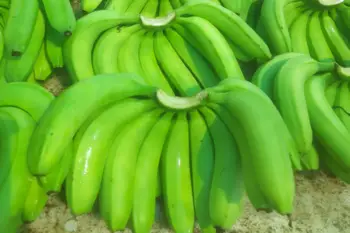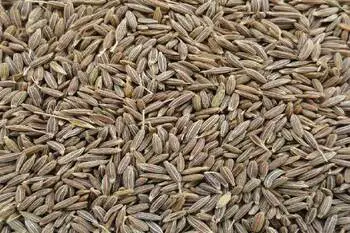
Rice
Rice is the seed of the grass species Oryza sativa (Asian rice) or, much less commonly, O. glaberrima (African rice). As a cereal grain, domesticated rice is the most widely consumed staple food for over half of the world's human population, particularly in Asia and Africa. It is the agricultural commodity with the third-highest worldwide production, after sugarcane and maize. Since sizable portions of sugarcane and maize crops are used for purposes other than human consumption, rice is the most important food crop with regard to human nutrition and caloric intake, providing more than one-fifth of the calories consumed worldwide by humans. There are many varieties of rice, and culinary preferences tend to vary regionally.

Banana
Banana, fruit of the genus Musa, of the family Musaceae, one of the most important fruit crops of the world. The banana is grown in the tropics, and, though it is most widely consumed in those regions, it is valued worldwide for its flavour, nutritional value, and availability throughout the year. Cavendish, or dessert, bananas are most commonly eaten fresh, though they may be fried or mashed and chilled in pies or puddings

Onion
An onion, also known as the bulb onion or common onion, is a vegetable that is the most widely cultivated species of the genus Allium. The shallot is a botanical variety of the onion which was classified as a separate species until 2011. Its close relatives include garlic, scallion, leek, and chive.

Cumins Seeds
The cumin plant is small, slender, and herbaceous with finely dissected leaves. The flowers are borne in characteristic flat-topped umbel clusters and are white or rose-coloured. The cumin, or comino, “seeds” are actually dry fruits known as schizocarps. They are thin yellowish brown elongated ovals about 6 mm (0.25 inch) long. Each features five prominent longitudinal dorsal ridges interspersed with less-distinctive secondary ridges forming a tiny gridlike pattern
